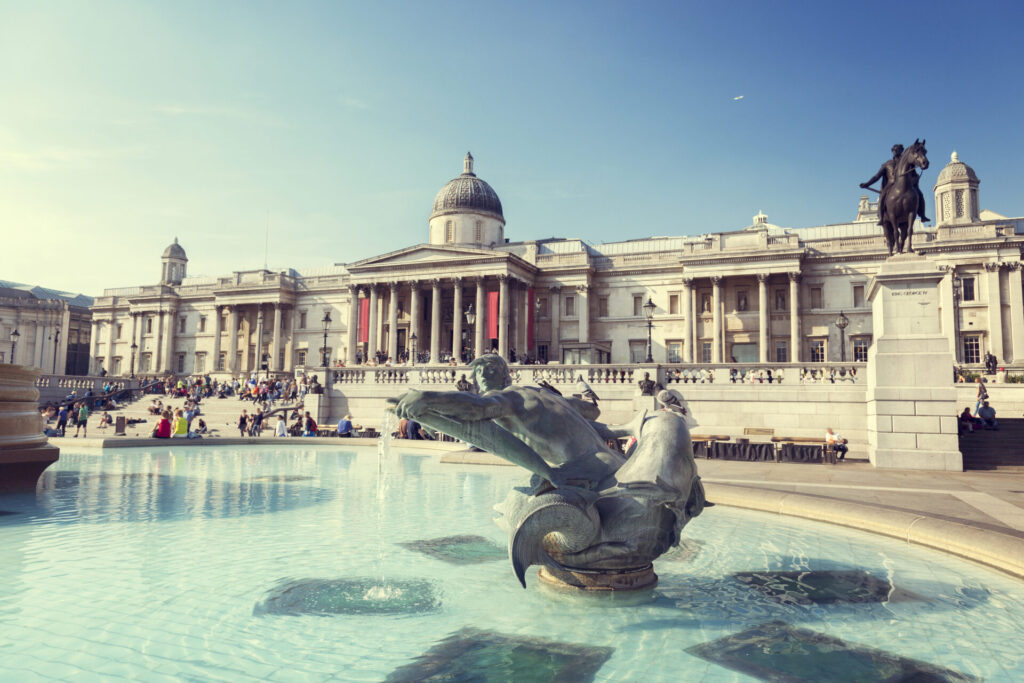
IELTS Art and Heritage – Museums, Cultural Traditions, Preserving History
When preparing for IELTS, one of the recurring themes you may encounter is IELTS Art and Heritage. From museums to cultural traditions, and from historic landmarks to efforts at preserving history, this topic touches on values that are global and deeply human. Whether in Reading, Writing, Speaking, or Listening, IELTS candidates are expected to handle questions about IELTS Art and Heritage with confidence. This blog will guide you through the key areas, highlight useful vocabulary, and provide strategies for approaching exam tasks.
Why IELTS Art and Heritage Appear in the Test
IELTS Art and Heritage is central to education, tourism, and identity. IELTS examiners use this theme because it provides a broad yet relatable platform for testing vocabulary, critical thinking, and the ability to discuss abstract ideas.
Typical questions include:
-
Do you think museums are important in modern society?
-
What are the benefits of preserving cultural traditions?
-
Should governments spend more money on protecting historic buildings?
These questions test more than grammar – they examine how well you can structure arguments, balance opinions, and use precise vocabulary. By understanding how IELTS Art and Heritage is framed in exam contexts, candidates can prepare examples and vocabulary that score highly.
Museums: Guardians of the Past
Museums are often used as examples in IELTS because they represent the balance between education and entertainment. In Writing Task 2, you might be asked whether museums should focus on enjoyment or serious learning.
Key points to develop in essays and speaking answers:
-
Museums preserve artefacts that connect us to history.
-
They are educational resources for schools and tourists.
-
Digital technology is changing how museums present information.
Useful vocabulary:
-
exhibition, artefact, curator, interactive display, preservation, restoration.
Sample idea:
“While some argue museums should be entertaining to attract more visitors, I believe their primary role is to provide education and protect priceless artefacts.”
Candidates who develop strong examples about museums demonstrate not only knowledge but also awareness of IELTS Art and Heritage as a recurring exam theme.
Cultural Traditions: Linking Past and Present
Another common IELTS theme is cultural traditions, such as festivals, rituals, and crafts. Candidates may be asked to describe a tradition from their country in Speaking Part 2, or compare the value of traditions in Writing Task 2.
Examples of traditions you can describe:
-
Thai Songkran festival (water celebrations marking the New Year).
-
Chinese Lunar New Year with its symbolic red envelopes and family gatherings.
-
British traditions such as afternoon tea or Bonfire Night.
Strategies for IELTS:
-
Describe clearly – focus on what happens and why.
-
Add interpretation – explain its cultural or historical meaning.
-
Offer personal reflection – say how you feel about keeping or changing the tradition.
These examples illustrate how cultural practices are central to IELTS Art and Heritage and give candidates a reliable topic for extended speaking and writing.
Preserving History: A Global Responsibility
The theme of preserving history often appears in IELTS Reading and Writing. Articles may explore the tension between development and preservation.
Sample Reading Task scenario:
You may be given a passage about how UNESCO selects World Heritage Sites. Practice passages on this theme often test skimming for main ideas and scanning for details.
You can practise with authentic tasks here:
British Council Free IELTS Practice Tests
Essay Tip:
When writing about preservation, balance the economic argument (tourism income, urban development) with the cultural argument (identity, memory, pride). High-scoring candidates link both perspectives with cohesive devices such as however, on the other hand, nevertheless, whereas.
Preserving cultural sites and traditions is one of the most relevant issues connected to IELTS Art and Heritage, making it an excellent area to practise.
Vocabulary for IELTS Art and Heritage
Here are some collocations and advanced terms that will boost your IELTS score and help you discuss IELTS Art and Heritage with confidence:
-
Art: contemporary art, visual arts, performing arts, aesthetic value, creative expression.
-
Museums: historical artefacts, cultural exhibitions, national galleries, interactive learning.
-
Heritage: intangible heritage, traditional crafts, ancestral customs, historic landmarks.
-
Preservation: conservation efforts, restoration projects, sustainable tourism, cultural identity.
Examiners look for topic-specific vocabulary, so including terms related to IELTS Art and Heritage naturally in your answers can help push your score above Band 7.
Practice Makes Perfect
To apply these ideas, work through real IELTS-style questions and tasks.
-
Reading: practise finding topic sentences and summarising key points in passages about cultural history.
-
Writing: practise Task 2 essays such as “Some people believe traditional culture will disappear if it is used as tourism. Do you agree or disagree?”
-
Speaking: record yourself answering “Describe a museum you have visited” and check for fluency, coherence, and vocabulary range.
Alongside practice materials, you can also explore our IELTS Exam Mastery Holiday Course. Each day focuses on a unique exam theme, ensuring no repetition and maximum progress.
Discover the IELTS Exam Mastery course
Download the full brochure here:
IELTS Exam Mastery Brochure
Ready to join? Complete the application form today:
IELTS Enrolment Form
By following these steps, you practise exam skills while connecting them to IELTS Art and Heritage in meaningful ways.
Final Thoughts
IELTS Art and Heritage is not just an exam topic – it reflects our identity as human beings. In IELTS, it gives you the chance to demonstrate language skills while reflecting on history, tradition, and culture. By preparing examples of museums, cultural traditions, and preservation efforts, and by practising with authentic materials, you will walk into the test room ready to impress the examiner.
Remember: every essay, every speaking response, and every practice test is another step toward the band score you need. With preparation and awareness, IELTS Art and Heritage can help you write your own success story in IELTS.






